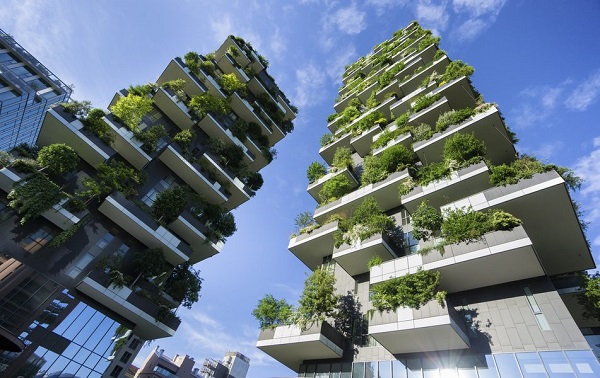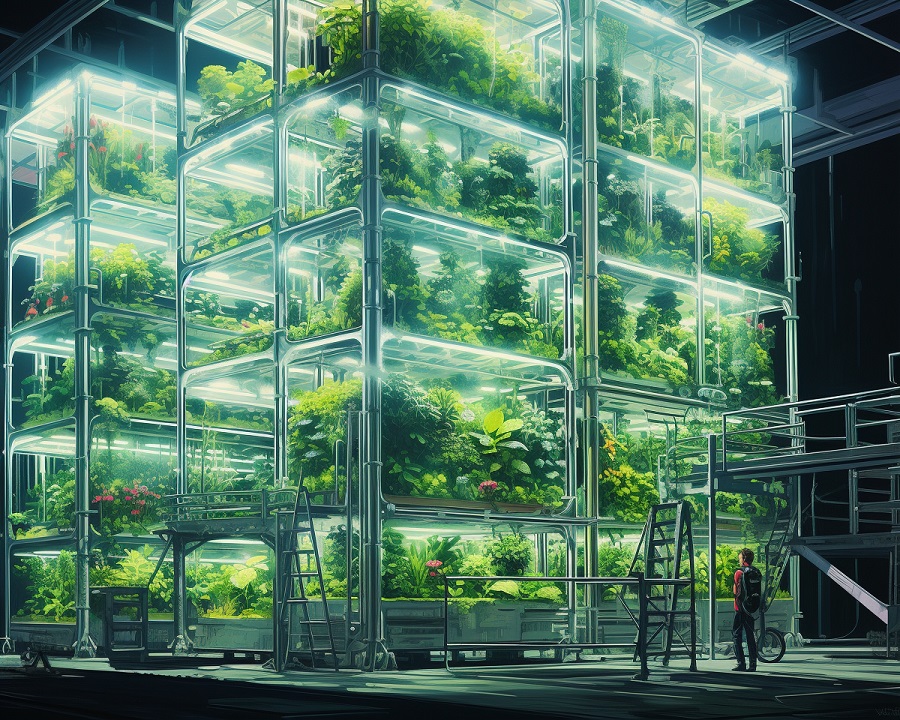
Vertical Farming: Revolutionizing Agriculture in Urban Landscapes
Welcome to the innovative world of vertical farming, a revolutionary approach to agriculture that is transforming the way we grow food in urban environments. This comprehensive article explores the concept of vertical farming, its evolution, advantages, challenges, and future potential. Aimed at a diverse audience aged 25-65, including environmental enthusiasts, urban planners, and general readers curious about sustainable agricultural practices, this piece sheds light on how vertical farming is reshaping agricultural practices to meet the demands of a growing global population while addressing environmental concerns.
Understanding the Basics of Vertical Farming
Vertical farming is an agricultural technique that involves growing crops in vertically stacked layers, often incorporating controlled-environment agriculture. This method uses soilless farming techniques such as hydroponics, aeroponics, or aquaponics.
Technological Integration in Vertical Farming
Central to vertical farming is the use of advanced technologies. These include climate control systems, LED lighting, and nutrient delivery systems, which create optimal growing conditions for crops, resulting in higher yields and faster growth rates.
Types of Crops Suitable for Vertical Farming
Vertical farms are ideal for growing a variety of crops, particularly leafy greens like lettuce, kale, and herbs. These crops thrive in the controlled conditions of vertical farms, leading to consistent, year-round production.
Space and Resource Efficiency
One of the significant advantages of vertical farming is its space efficiency. Vertical farms require less land area compared to traditional farming, making them suitable for urban settings where space is limited.
Advantages of Vertical Farming
Vertical farming offers numerous benefits, from environmental sustainability to meeting the food demands of urban populations.
Sustainability and Reduced Environmental Impact
Vertical farming uses significantly less water and eliminates the need for pesticides and herbicides. This contributes to a more sustainable agricultural practice with a reduced environmental footprint.
Localizing Food Production
By bringing food production closer to urban consumers, vertical farming reduces the need for long-distance transportation, leading to fresher produce and reduced carbon emissions.
Challenges in Vertical Farming
Despite its benefits, vertical farming faces several challenges that need addressing to realize its full potential.
High Initial Investment Costs
The initial setup of a vertical farm requires significant investment, primarily due to the cost of technology and infrastructure. This can be a barrier to entry for many potential farmers.
Energy Consumption
Vertical farms rely heavily on artificial lighting and climate control systems, leading to high energy consumption. Finding energy-efficient solutions is crucial for the sustainability of vertical farms.

The Future of Vertical Farming
As technology advances and global urbanization continues, vertical farming is poised to play a crucial role in the future of agriculture.
Innovations and Technological Advancements
Ongoing innovations in LED lighting, climate control systems, and automation are making vertical farming more efficient and cost-effective, paving the way for wider adoption.
Scaling Up and Global Expansion
With increasing interest in sustainable agriculture, vertical farming is expanding globally. This growth is critical in addressing food security challenges in densely populated urban areas.
Conclusion: Vertical Farming as a Sustainable Solution
In conclusion, vertical farming represents a significant step forward in sustainable agriculture. While challenges remain, its advantages in terms of resource efficiency, environmental sustainability, and the potential to localize food production make it a promising solution for the future. As technology continues to evolve, vertical farming could become a cornerstone in meeting the world’s growing food demands,
